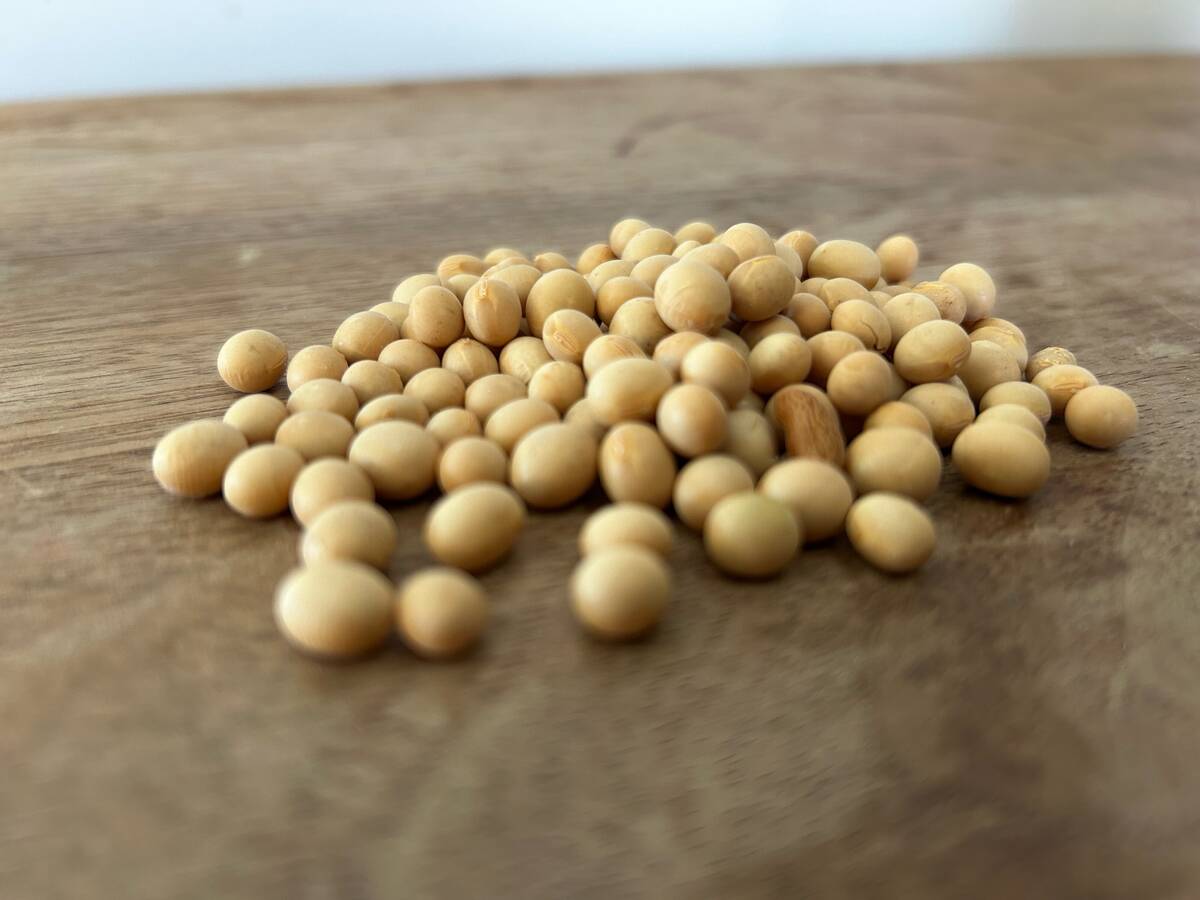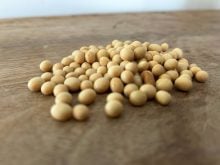Agriculture Canada’s Cereal Research Centre in Winnipeg will close in 2014 and its scientists relocated to other research centres as part of federal government budget cuts.
Scientists and staff at the centre, who work on wheat and oat breeding, disease resistance and cereal quality, learned yesterday the centre would close April 2014.
At this point, it’s not clear how many jobs will be lost and how many jobs will be relocated to other Agriculture Canada research centres, said Robyn Benson, Public Service Alliance of Canada regional executive vice-president.
Read Also

U.S. grains: soybeans firm ahead of USDA data
Chicago soybeans ticked up slightly on Wednesday as traders adjusted positions ahead of the release of official U.S. data on global supply and demand on Friday, the first update in weeks, but prices were capped by a lack of large Chinese purchases.
“Some will move to the Morden research station and some will move to the Brandon research station,” she said. “There’s about a 100 of our (union) members there. How they (the government) is going to manage it, I’m not sure.”
During meetings with Agriculture Canada representatives yesterday, Cereal Research Centre employees asked what would happen to the seed breeding work at the station. Benson said the employees were told that some breeding would be contracted out to private industry.
Along with the Cereal Research Centre, located at the University of Manitoba, Agriculture Canada will also shut down its research at the Glenlea farm south of Winnipeg.
The Cereal Research Centre opened in Winnipeg in 1925 and was first known as the Dominion Rust Research Laboratory. It was created in response to western Canadian stem rust epidemics in the 1910s and 1920s.
Approximately 30 scientists now work at the centre.
The Public Service Alliance of Canada also said up to 30 jobs with the shelterbelt program at the Agroforestry Development Centre in Indian Head could be lost. Indian Head mayor Al Hubbs told news media he was told the government will look for a public-private partnership to carry on some of the work of the shelterbelt centre, which has provided trees to Prairie farmers for decades.















